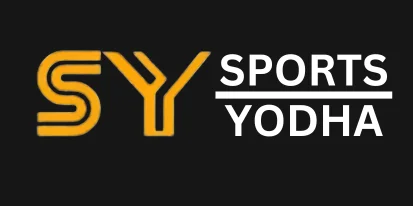Tennis stands as a global favorite among sports enthusiasts, with roots going back to 1873. Since its inception, many adaptations of this timeless sport have emerged, catering to different preferences. Whether indoors or outdoors, people of all ages enjoy the thrill of tennis, finding it to be a prime way to promote a healthy and active lifestyle.
Also, Are you looking for outdoor gym equipment manufacturers in India?
Before engaging in a match, it is imperative to familiarize yourself with the different types of tennis court surfaces. These surfaces significantly affect the ball’s bounce and playability. Optimal tennis court flooring acts as a dependable shock absorber, minimizing players’ risk of injuries and ensuring a safe environment for gameplay.
In a nutshell, a tennis court consists of a rectangular area with a net stretched across its center. Each type of tennis court flooring has unique characteristics, which profoundly influence the athletes’ playing styles and strategies.
Types of Tennis Court Flooring
Understanding the Four Types and Their Different Needs Navigating the world of tennis court flooring reveals four distinct types, each of which meets specific needs and preferences. Here’s an introduction to the diverse options available for beginners:_
Grass Court Flooring
This tennis court surface is widely recognised as the most commonly used. It consists of natural grass grown on top of a compacted layer of soil. The bounce of the ball on this surface depends on the health of the grass, which can be affected by factors such as the frequency of mowing and the level of wear and tear. Due to its softness and organic properties, it is considered the best surface for playing tennis, with many players preferring its natural feel.
Also Read: The Right Type of Sport Court Flooring for Your Facility
However, there are some drawbacks to this type of tennis court flooring. Grass courts are highly dependent on seasonal changes and require considerable maintenance. Particularly problematic is that they are vulnerable to prolonged wet conditions, making it challenging to dry the surface efficiently during the rainy season.
Clay Court Flooring
Clay flooring courts use materials such as crushed stone, shale or brick. This type of flooring affects the speed and bounce of the tennis ball, usually resulting in a higher bounce and less impact of powerful serves. While construction costs are relatively low, maintenance expenses can be significant. Regular monitoring of water levels and periodic rolling are necessary to maintain the flatness and integrity of the surface.
Hard Court Flooring
Hardcourt surfaces use a uniform and hard material, which provides better bounce and stability than other types of tennis court flooring. This surface made of an acrylic layer shows different ball speeds, faster than clay courts but slower than grass courts. The ratio of sand and paint affects the speed of the tennis ball on this type of court to a great extent.
Carpet Court Flooring
The convenience of carpet tennis court flooring lies in its removable court covering. For events, temporary rubber-backed court flooring is installed, which bounces faster and less than other surfaces. Because of these characteristics it is often called the “server court”.
Sports yodha stands out as a leading tennis court developer in India, specializing in comprehensive construction of tennis courts, from foundations to the installation of synthetic flooring. Our dedicated team specializes in crafting a variety of outdoor tennis courts, including 5-layer acrylic flooring, 8-layer acrylic cushion courts, and synthetic surfaces. As a turnkey project contractor, Sports yodha manages all aspects of tennis court development, including court fencing and sports lighting, ensuring a seamless and top-notch experience for our customers.
